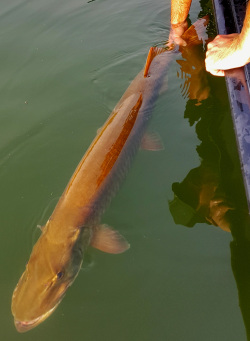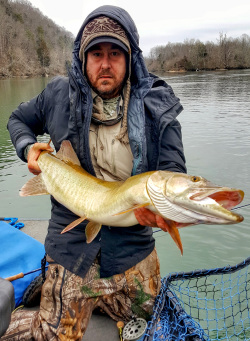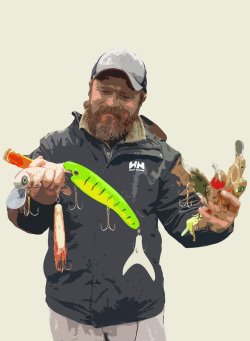Blue catfish behavior changes during the fall transition due to reduced light and cooling temperatures. Captain Scott Manning shares catfishing techniques, including structure, current, boat staging, baits, rigs, spread, and patience. Structural factors, current, and bait size are crucial for big catfish. Manning recommends using quality baits, rods, and rigs to increase knowledge and confidence during the fall transition.
Blue Catfish - Fishing Techniques for Fall Transition
(01:05:34)
Watch Full Video
View Short Trailer
Instructor:
Scott Manning
Description
/
Review
/
Instructor
Summary
- Biological Changes: Fall to winter transition triggers increased feeding.
- Catfishing Techniques: Captain Scott Manning offer a playbook to understand conditions and methods for big fish.
- Structures and Habits: Blue catfish love structures like rock piles and river bends.
- Role of Current: Understanding the current's edges relative to structures is key, as it affects fish concentration.
- Bait Importance: Fresh bait is crucial. The right size and proper hooking are critical components for success.
Login
to leave a review.
User Reviews
There are no reviews yet.Scott Manning
Scott Manning, a U.S. Military veteran, has become a master angler and steward of the waterways in East Tennessee. He specializes in capturing Monster Catfish, a species that thrives in the deep waters of the Tennessee River Monsters. Manning's company, Tennessee River Monsters, offers a unique perspective on the catfish fishery, highlighting the importance of understanding and sharing knowledge about the great outdoors.
Read moreVideos
We Recommend
0




